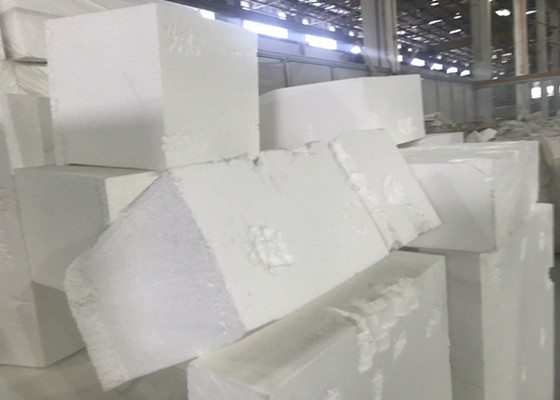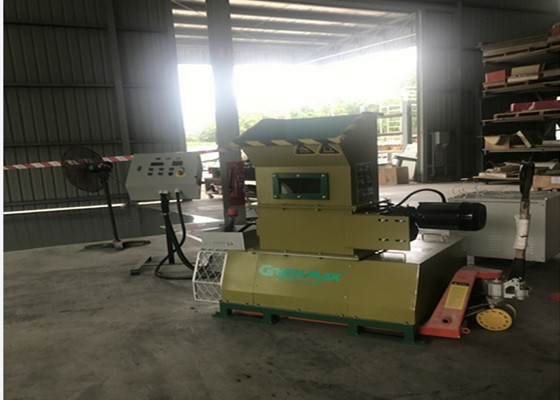Expanded polystyrene is known for transparency, insulation, lustre; low moisture absorption, the price is cheap. Therefore, it is often sold to industries such as electronics, automobiles, packaging, construction, instrumentation, home appliances, toys, and daily necessities.
Blending modification is one of the most common methods to change the nature of polystyrene.
Blending modification: two or more kinds of polymer materials, inorganic materials and additives are mechanically stirred to obtain materials with improved mechanical uniformity, thermal properties and optical properties.
Blending characteristics: Blending modification method has small investment and short production cycle, so it becomes a hot spot of PS modification. It is not only an important means of polymer modification, but also an important way to develop new materials.
PS/PE
Polyethylene (PE) has excellent flexibility and impact resistance, which is beneficial to improve the toughness of PS. However, PS and PE are two incompatible high polymers. When blending and modifying, a suitable compatibilizer is added. PS and PE blending can be achieved by two means, namely reactive blending and non-reactive blending.
In the study of reactive blending, reinforced PS (RPS), hydroxylated PE (CPE), PE and PS were simultaneously added to a twin-screw extruder for melt blending and extrusion to obtain a blended modified PS.
PS/PP
Polypropylene (PP) has higher tensile strength and surface hardness than PS, and its heat resistance is also good. Therefore, blending it with PS can improve the thermal properties of PS.
However, PP is incompatible with PS, so it is necessary to add a compatibilizer. The commonly used surface-treated silicon-filled PS/PP system can increase the adhesion between the polymer interfaces and increase the tensile strength of the PS/PP system. Maleic anhydride functionalized polypropylene (RPS-MPP) also has a good reaction compatibilizing effect on PS/PP.
PS/PC
Polycarbonate (PC) has excellent performance, good creep resistance, visible light transmittance of over 90%, similar to PS refractive index, and can be blended with PS to make PS thermal stability, strength and toughness Increased.
When the partially compatible PS/PC is subjected to external force, the stress distribution of the phase interface is uniform and continuous, so the impact and tensile force cause the blend to produce silver streaks and shear bands, thereby improving the mechanics of the PS/PC blend. performance.
Polystyrene is a versatile industrial plastic material which can be recycled and reclaimed to make eco-friendly products or to save natural resource.

